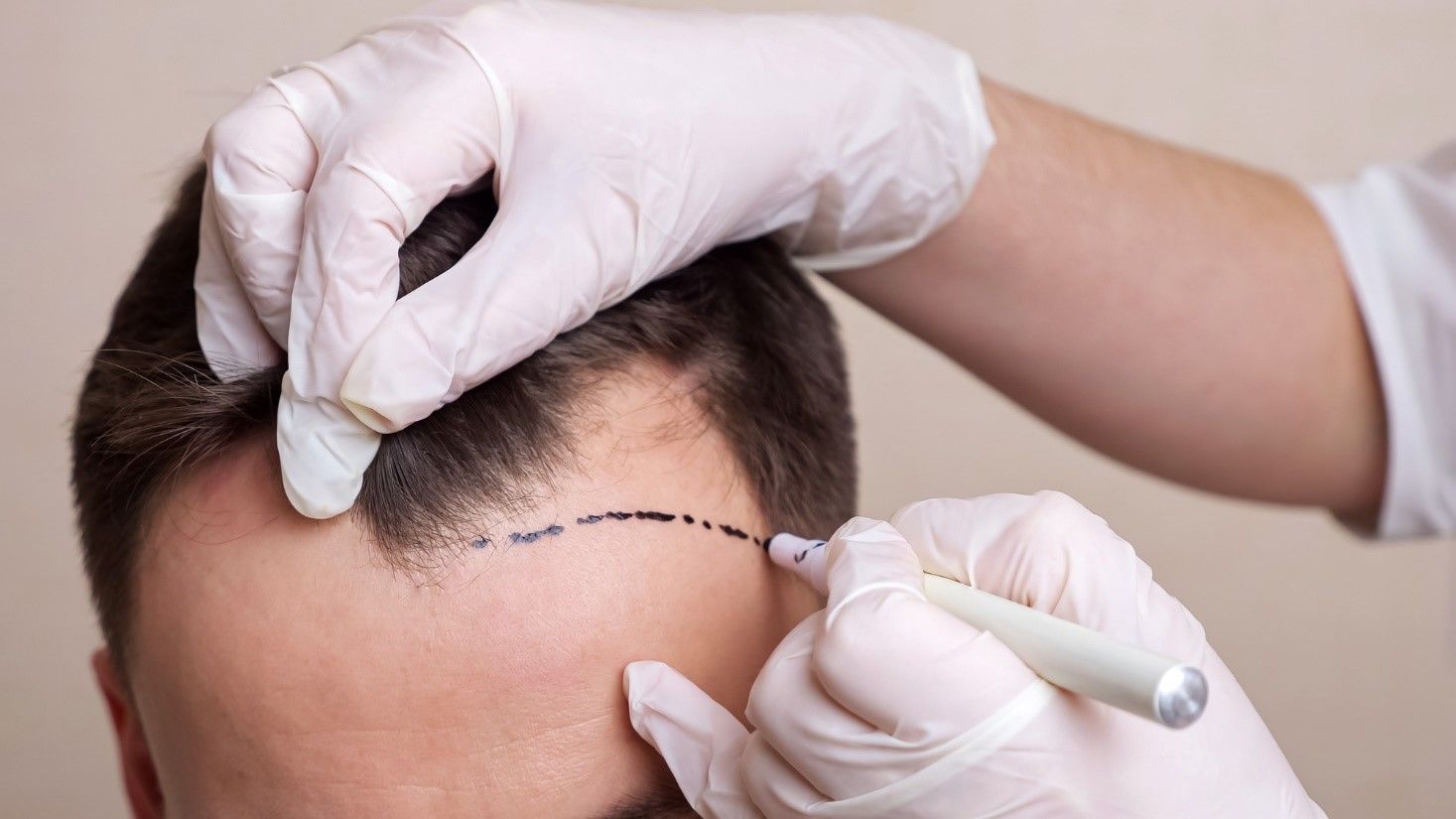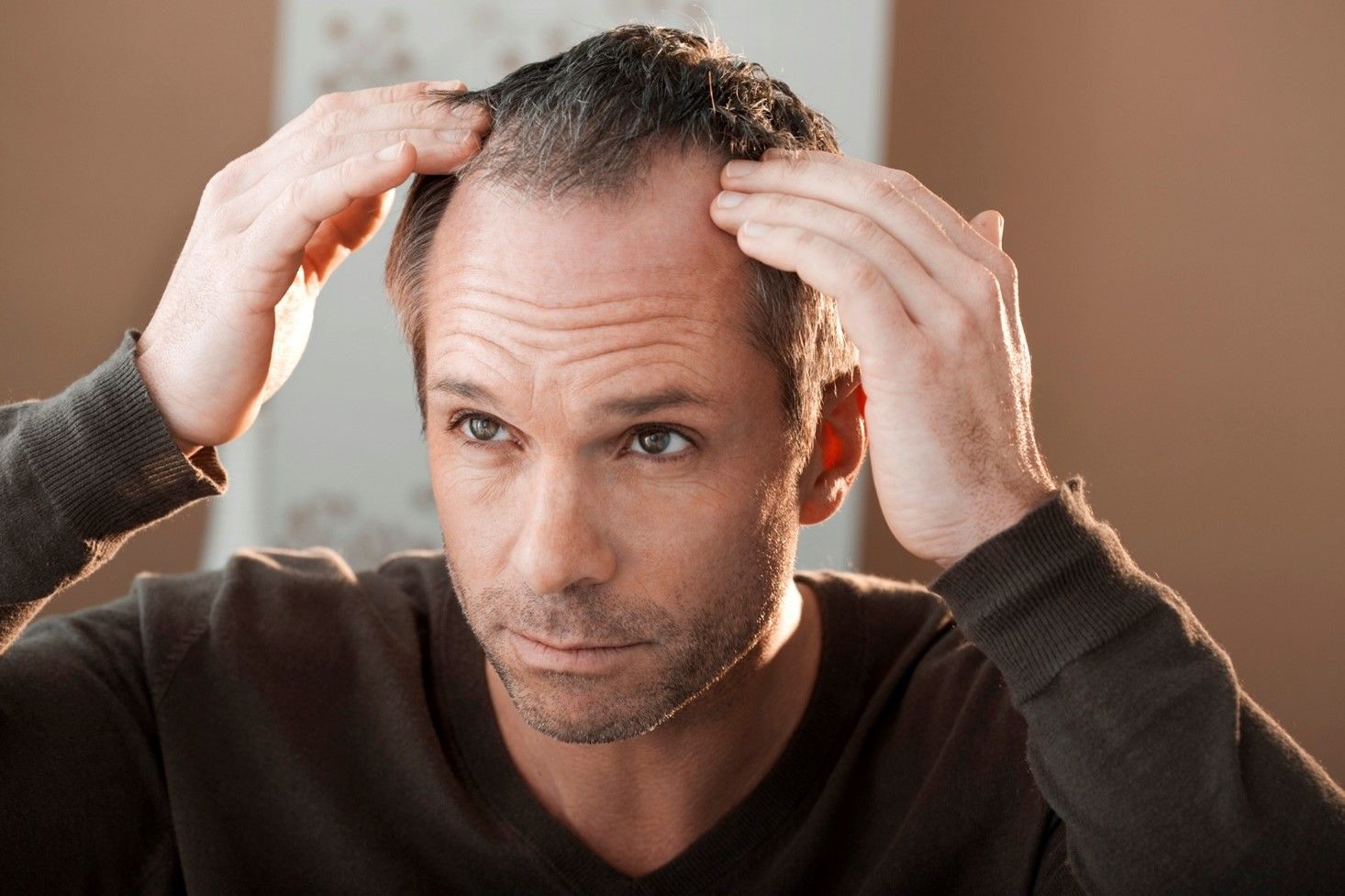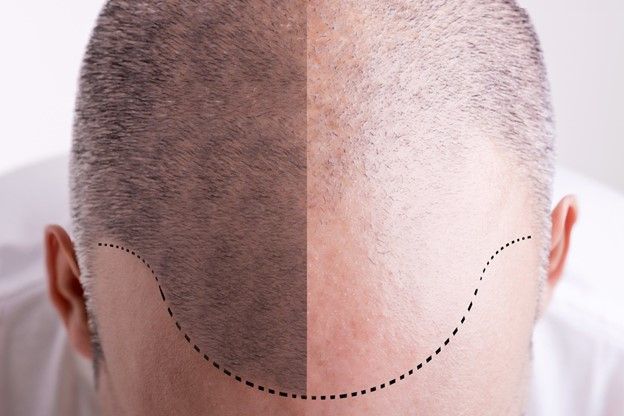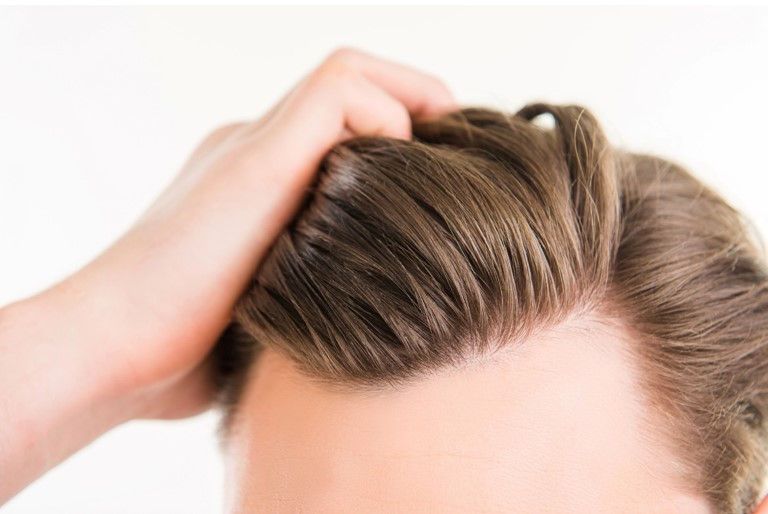How FUT Hair Transplants Can Give You Your Hair Back

Losing your hair can be devastating for your confidence. Whether because of age, stress, medication side effects, or anything else, thinning hair and receding hairlines can result in low self-esteem and depression.
There are many different treatments out there aimed at helping you get your glorious locks back. There are 2 accepted techniques for removing hair from the scalp for hair transplantation. Follicular Unit Excision ( FUE ) is commonly performed by shaving the back of the scalp and then with a small hollow ended drill coring out 1-4 hair follicles at a time. Follicular Unit Transplantation , ( FUT ), refers to clipping a strip of hair from the back of the scalp and with a scalpel removing an ellipse of scalp which is then dissected under microscopes so as to minimize any damage to the hair follicles. Dr Paul Cotterill in Toronto provides Follicular Unit Transplantation (FUT) hair transplant surgery to help you regrow your hair to its full potential once again.
This blog explores the FUT hair transplant process so you can better understand why this hair transplant procedure is a great treatment for hair loss.
What is a Hair Follicular Unit?
Your hair is divided into sections called hair follicular units. A hair follicular unit is a naturally occurring group of hairs that consist of 1-4 terminal hairs, a sebaceous gland and duct, and an arrector pili muscle. Given an average of 2 hairs per unit, that works out to around 625 follicular units per square inch of scalp. How Does the FUT Hair Transplant Work?
The first step in the
hair transplant process is to clip the donor area, generally from the back of the scalp in the thickest permanent hair bearing zone, , to a specific length. Because only the strip of hair that is to be used is clipped , the pre-existing hair will camouflage where the hair will be taken from. This is a big advantage of FUT, as opposed to FUE where usually the majority of the back of the scalp is shaved, which does not allow for camouflage of where the grafts are taken from. Then, both this area and the recipient area are anesthetized. Once the anesthesia has taken effect, a special scalpel will be used to cut an ellipse of hair-bearing scalp from the donor area. That ellipse will be carefully slivered into smaller pieces of hair, which are then further partitioned into single or double follicular units using a stereoscopic microscope. During the removal of the strip and the dissecting of the strip magnification loupes are used by the physician and all dissecting is done with the use of microscopes. FUT affords the least amount of transection or damage to the follicular unit graft, in comparison to FUE where there is a slightly higher transection rate to the hair follicles since microscopic dissection is not used for FUE.
Once the strip graft has been separated into individual follicular units, Dr Paul Cotterill will create each recipient site for each unit graft. This includes ensuring the proper angle, direction, depth in incision, and spacing between grafts.
Dr Paul Cotterill performs the surgery himself but will have a team of professionals at his side throughout in order to assist with ensuring the procedure goes as well as possible.
After the Surgery – How the Hair Grows
Initially,
after the surgery, the hair in the graft will fall out. This is normal – no need to worry; the roots are just dormant under the skin. Your scalp needs to heal first. You should take a few days off from work and avoid any physical activity for up to a week.
You should start noticing new hair breaking through at around 2-3 months. It’s not possible to predict how many hairs will appear in any given graft, but at least 95%, and often up to 100%, of them will survive the transplant process. It will take a few months, but eventually, the grafts will blend in perfectly with the surrounding area.
Contact Dr Paul Cotterill in Toronto
Dr Paul Cotterill has over 30 years of experience in giving people their hair back in Toronto. He is certified by The American Board of Hair Restoration Surgery, and is a past president of The International Society of Hair Restoration. He is an expert in the FUT hair transplant procedure for male, female and transgender.
Ready to regrow your hair? Give us a call today or request a consultation.











